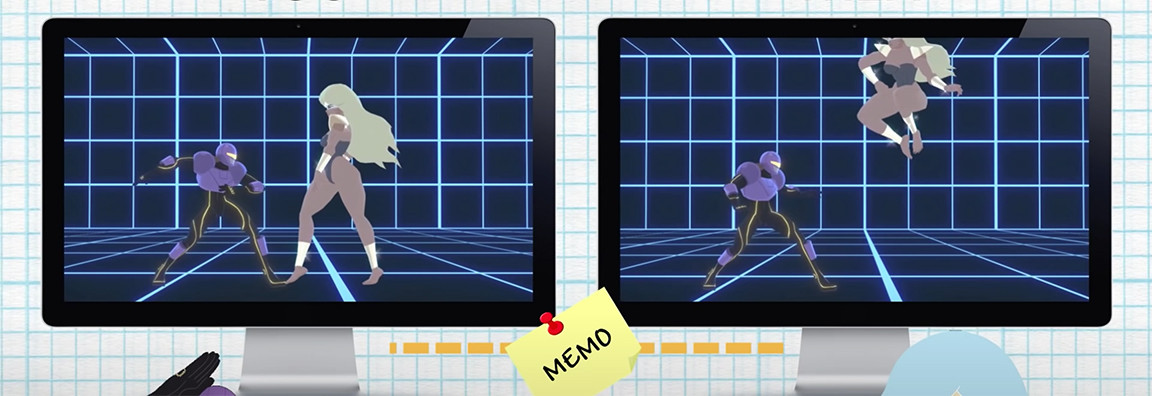Back when fighting games were played exclusively in arcades, two people would go head-to-head against the glare of a fridge-sized cabinet and battle it out for bragging rights.
The home console revolution let FGC fans gather to play classics like Street Fighter and Mortal Kombat without the worry of quarters or closing times.
Now we can now play fighting games online against players around the globe. From the outside, the gameplay looks the same, but on the inside there’s a lot happening to make your experience seamless.
In the past, geographical location, connection speed, and type of Internet connection determined the match quality. Modern fighting games take advantage of rollback netcode to help replicate the offline experience.
What is rollback netcode?
Netcode is basically two systems talking to each other during online play. If things are going wrong or lagging, it’s generally the netcode's fault.
Netcode is more important for fighting games than other genres like turn-based strategy games because fighters require precise inputs in small timeframes. The information needs to be consistent on both ends and travel a long way.
Rollback netcode simulates or predicts upcoming frame inputs. If there’s a mistake, the system “rolls back” to the correct input. Here’s a great visual explanation of rollback netcode from Core-A Gaming.
Is rollback netcode good?
Many in the fighting game community say rollback netcode is a much better process than delay based netcode, which waits for an input from the opposing player before simulating a frame. Unfortunately, delay based netcode can cause latency issues and lag. Plus, there’s the potential for wild unpredictability depending on the type of connection.
What fighting games have rollback netcode?
Fighting games like Mortal Kombat 11 Ultimate and Killer Instinct have their own type of rollback netcode, and because of that they have robust online communities. Guilty Gear games received rollback netcode after release. The response is always positive.
Other examples of fighting games with rollback netcode include:
- Brawlhalla
- Street Fighter V
- PlayStation All-Stars Battle Royale
- Injustice 2
- Guilty Gear -Strive-
- King of Fighters
How rollback netcode works
Most fighting games run at 60 frames per second. So let’s say a fighting game character moves about five times a second. That means the computer doing the math would only need to calculate inputs in 5 of those 60 frames, or about 8 percent of the time. The rest can be predicted by copying what happened in the previous frames.
A jump meanwhile takes about 45 frames. Many players will also just hold back or down back to block for up to 120 frames. It’s easy to see why rollback netcode works so well when most of the frames are consistent.
Internet connection still influences the experience to a smaller degree than simple wired or wifi player to player or server based connections. However, until the standard online experience is just like the old days on a Street Fighter 2 Turbo cabinet, rollback netcode is the best option.
Connect to free online competitions for cash and exclusive prizes in the Open Series.
